QuestionI need to know about breeding. With the egg care i need to know about the signs and the temperatures. I also need ro know about hatchling care. Thanks for ur time.
AnswerHello, first lets start with breeding. Bearded dragons of age can be placed together in an enclosure to start the breeding process. Male bearded dragons will want to mate constantly while the female bearded dragon will only want to once a season. You will see a male bearded dragon darken its "beard" and bob his head when ready to mate. If the female shows willingness, she will do a sort of push up. At which point the male bearded dragon will try to latch onto the female by biting the back of her head where a row of spikes are located. The female will struggle for a while but will soon give up. Once pregnant, the male bearded dragon should be separated from the female.
Pregnancy/Lay Preparation:
The eggs will become noticeable from the abdominal area just weeks after mating. The female will need egg laying substrate which can be moist vermiculite, soil, or special clay that can hold a shape. You can find all of these on pet sites or from your local garden store. The female will start digging when she is getting close to the egg laying period(which is usually 4-6 weeks after breeding). She may dig for days or even longer before she finds the appropriate spot. She can lay anywhere from 10-30 eggs per clutch but this may vary between every female.
Egg Care:
Once the eggs are laid they can be carefully moved into an incubator(without moving the position they were in when laid). You can use small plastic bins that are half filed with vermiculite. Small dips need to be dug for the eggs to sit in which can be done with your finger. They should sit just around 2/3 of the way into the vermiculite. The vermiculite needs to mixed with water to give it more of a muddy texture, It needs to be moist but not too moist. Each container will need holes for even airflow. The temperature in the incubator should be anywhere between 83 and 87 Degrees Fahrenheit. Chick incubators which are popularly used have troughs at the bottom for water. Humidity can be an important factor, it should be around 70-80%. An eye needs to be kept on the eggs daily to maintain levels. sometimes mold may grow at which point you can use athletes foot powder to pull some moisture on the eggs but with a LIGHT DUSTING. 60-70 days and you should have yourself some baby bearded dragons!
Newborn Care:
They are fragile after hatching, they can be kept in the incubator after hatching for about 24-32 hours. They are usually ready to be moved when the egg sack on the bottom of them has fallen off. If it has gotten to that period of time make sure the enclosure you move them in is covered with moist paper towel. Most baby bearded dragons will not eat right away (a day to a few). About after a hatchling is moved you can attempt to introduce some pinhead crickets which are tiny crickets that are great for newborns. If they eat that is great but if not try not to keep the crickets in the enclosure. Be careful not to feed the newborns when they start eating. They do need to bed fed a lot but not all at once, feeding should be in different times of the day. The crickets need to be coded in calcium which is crucial to start off on the right step. Vegies need to be finely chopped in tiny pieces. If not enough food is around they may nibble on tails or limbs, but this can happen randomly because they are housed together as babys. Once the babys start to grow into larger sizes they need to be separated. Larger dragons should be removed first because they may be eating more and not giving the smaller ones the chance. Do not be discouraged if a few die because it does happen and not always do they all make it sadly. lets not forget, They still need to have the heat and UVB lamps on them. Keep the temps up while still having water around and misting them daily. Once they become juveniles they can start being fed 2-3 times a day with larger crickets.
I hope that you were able to get the answers you needed and if not send me a follow up and i will be happy to answer.

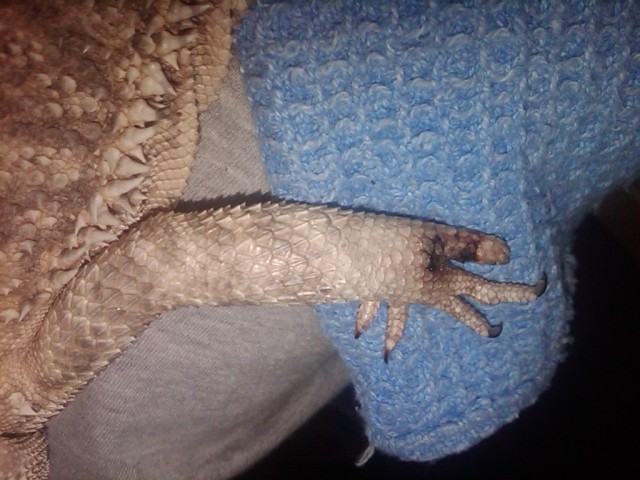 EMERGENCY....I THINK SHES DYING
Question
josies leg
I have a beards dragon a little ove
EMERGENCY....I THINK SHES DYING
Question
josies leg
I have a beards dragon a little ove
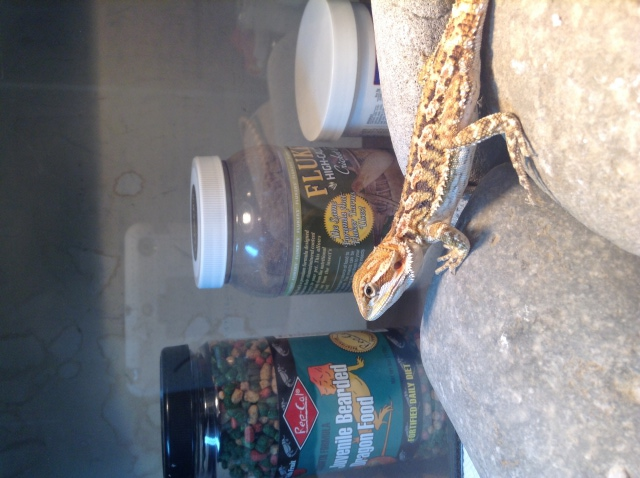 Bearded dragons
Question
Zoey
Is 10-12 3/8 size crickets enough
Bearded dragons
Question
Zoey
Is 10-12 3/8 size crickets enough
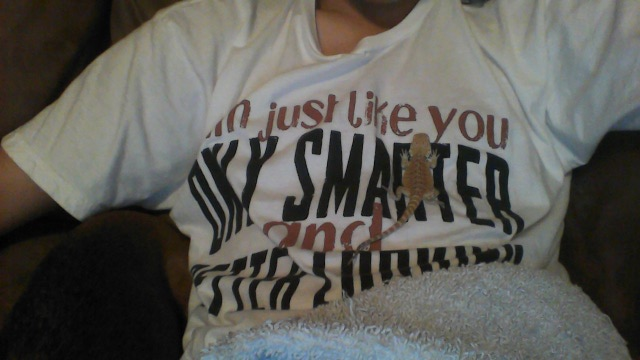 Cubone wont eat much food
Question
cubone
my bearded dragon who is curren
Cubone wont eat much food
Question
cubone
my bearded dragon who is curren
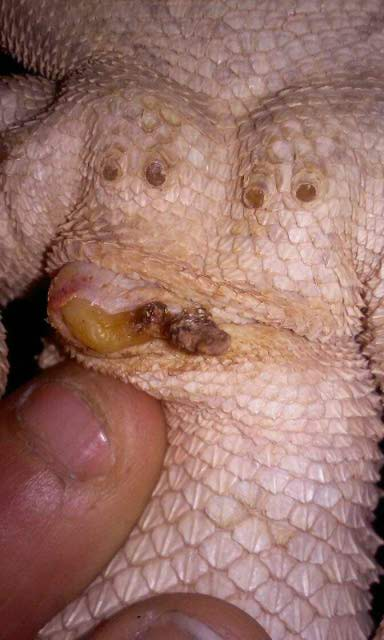 my bearded dragon
Question
ethchys butt ethchys butt
Hi my n
my bearded dragon
Question
ethchys butt ethchys butt
Hi my n
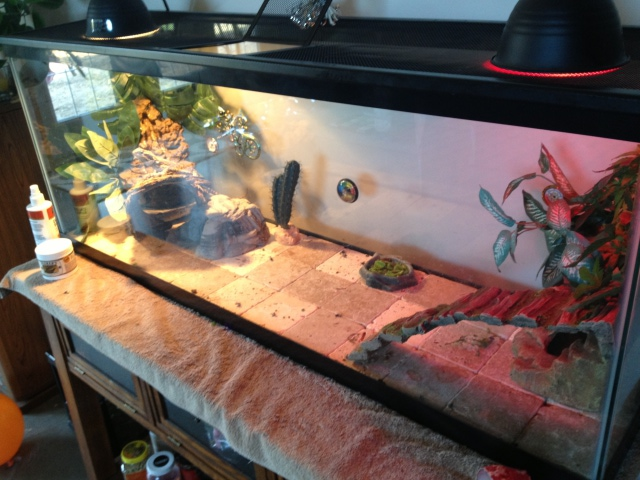 Questions in need of help
Question
His tank
Ok so I have a bearded dragon.
Questions in need of help
Question
His tank
Ok so I have a bearded dragon.